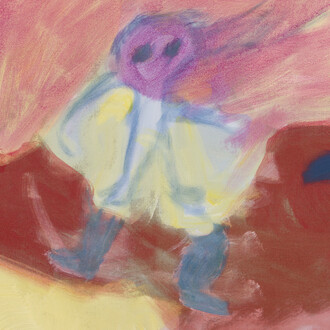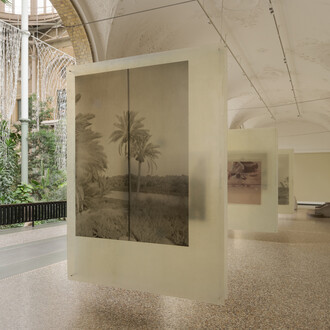The nude gure has been a signi cant motif in art since the very rst prehistoric art known to us. Through history and shifting cultures the nude has represented human energy, potential and life. The nude has been used to portray admiration for the human anatomy, sexuality and fertility. It has often been used to emphasize the central elements of the human condition.
Nude being a state of being we all recognize. The nude gure has been and is continuously dis- cussed within the elds of art, religion, philosophy, history, literature, anthropology, psychology, biology and media. Michelangelo famously wrote: “What spirit is so empty and blind, that it cannot recognize the fact that the foot is more noble than the shoe, and skin more beautiful than the garment with which it is clothed?” Nudity has always been a hot topic of debate. Starting with the biblical story of Adam and Eve, the rst man and woman to discover that they are naked and consequently suffer shame and punishment. Today we are still debating the representation of us in our most basic form. Most media and the largest social platforms - Facebook and Instagram - will not allow nude images – at least not if you can see female nipples, for some reason male nipples are acceptable, or male, female or intersex genitals.
The representation of the nude in photography, sculpture, performance, video, painting and drawing is often censored without debate. The most often used argument being that it could offend “some- body” - but exactly what body?
Within the eld of contemporary art a group of international artists still seek to explore the potential of the nude gure in a variety of media, prompting us to look and re ect upon ourselves and our perception of nudity and sexuality. For now the art institution is still a safe place to look at ourselves, let us hope it stays that way.
Nude seeks to explore the representation of the nude in art today with curiosity and passion. It gathers work from 17 artists working with photography, drawing, mixed media and painting.
















